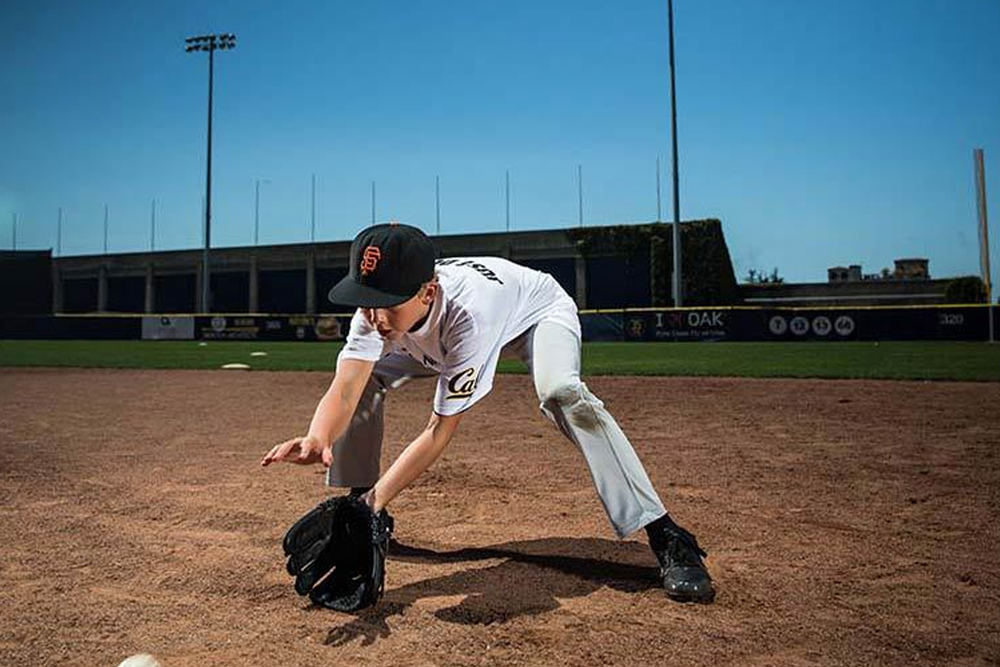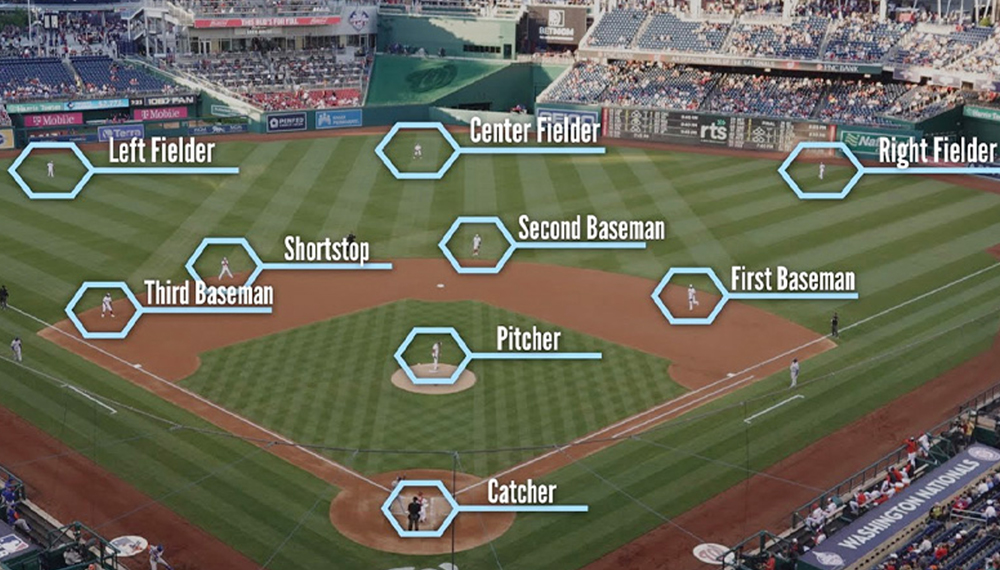Playing 2nd base in baseball is both exciting and challenging. If you’re a young baseball player looking to learn the fundamentals of this position, you’re in the right place. In this guide, we’ll break down the essential skills and techniques needed to become a solid 2nd baseman. Let’s get started!
1. Proper Stance and Positioning
- Ready Stance: Begin with a ready stance, feet shoulder-width apart, knees slightly bent, and weight on the balls of your feet. This stance helps you react quickly to plays.
- Positioning: Stand a step or two to the right of 2nd base in a double-play depth position. This allows you to cover the base effectively and pivot for double plays.
2. Glove Work
- Two-Handed Approach: Always use both hands when fielding ground balls. Extend your glove hand out toward the ball, keeping your bare hand behind it for support and balance.
- Stay Low: Bend your knees and keep your body low to the ground when fielding. This provides better stability and control.
3. Fielding Techniques

- Soft Hands: Try to catch the ball softly in your glove rather than letting it bounce hard. This minimizes the chance of the ball popping out.
- Directional Fielding: Field ground balls on your glove side (right side for right-handed players, left side for left-handed players) to make plays more efficiently.
4. Quick Release
- Transfer: Once you’ve fielded the ball, transfer it from your glove to your throwing hand as quickly as possible. This is crucial for making accurate throws.
- Strong Throw: After transferring the ball, make a strong and accurate throw to your target, whether it’s 1st base for the out or another base for a double play.
5. Pivot and Double Play
- Pivot Foot: When turning a double play, step on the base with your pivot foot (usually the one opposite your throwing hand) before making the throw.
- Square Up: Square your shoulders and hips to the base you’re throwing to (usually 1st base) before making the throw.
6. Communication
- Teamwork: Communication is key in baseball. Coordinate with your shortstop and other infielders to ensure everyone knows their roles during plays.
- Calls: Use verbal and non-verbal signals to indicate whether you’ll cover the base or the shortstop will make the play. Clear and timely communication prevents confusion.
7. Practice and Drills
- Ground Ball Drills: Practice fielding ground balls from different angles and directions. This helps improve your reflexes and fielding skills.
- Double Play Drills: Work on turning double plays with a partner or coach. Focus on the pivot and quick throws.
- Situational Practice: Simulate game situations during practice to prepare for real-game pressures and decisions.
8. Mental Toughness
- Stay Focused: Keep your focus on the game, even when you’re not directly involved in a play. Baseball can change quickly, so always be ready.
- Positive Mindset: Stay positive, even if you make mistakes. Every player makes errors, and the ability to bounce back is a sign of mental toughness.
9. Study the Game

- Learn from Pros: Watch professional baseball games to observe the techniques and positioning of experienced 2nd basemen.
- Baseball IQ: Develop your baseball IQ by studying the game. Understand different game situations and anticipate plays.
10. Enjoy the Game
- Have Fun: Remember that baseball is a game, and the most important thing is to enjoy playing. The more you enjoy it, the more motivated you’ll be to improve.
Becoming a proficient 2nd baseman takes time and practice. By mastering these fundamentals and dedicating yourself to improvement, you’ll be on your way to becoming a valuable asset to your team. Keep working hard, stay focused, and always have a love for the game!
